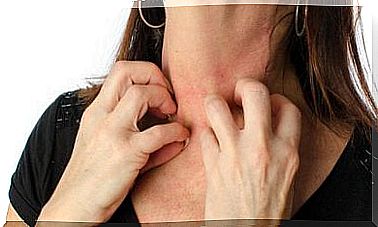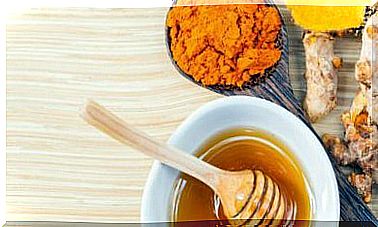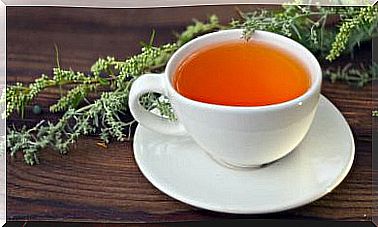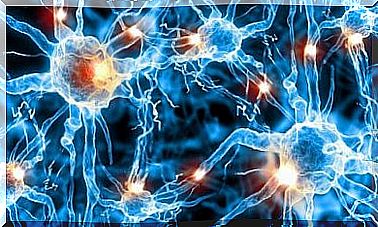Anatomical Structure Of The Back Muscles
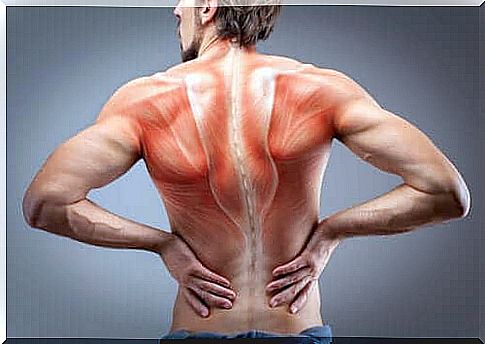
The anatomy of the back muscles is something worth knowing because the back plays an extremely important role in the human body. Some muscles support our posture, while others are responsible for basic movements. By reading today’s article, you will learn the most important information.
The anatomy of the back muscles is interesting, especially when it comes to the back muscles occupying the space between the arms. In this article, we’ll look at some of the most important back muscles and find out what their role is.
Anatomical structure of the back muscles – back
In general, the back can be divided into two areas :
- Chest area: This is the upper back that connects to the upper extremities and the organs of the chest, such as the lungs and heart.
- Lumbar region: This is the lower back, located below the rib cage, that connects to the lumbar spine and to the abdominal organs, such as the liver and intestines.
The anatomical structure of the back muscles defines their functions according to their location in the human body and the other structures with which they connect. These muscles are responsible for posture and regulate the three main movements of the torso: bending, turning and extending.
They are a frequent object of occupational medicine research due to the fact that they are often damaged during the performance of professional duties.
In the article below, we will not cover all the muscles of the back. Instead, we will present the most important ones. To this end, we will divide them into three regions, depending on their depth. We will see then what are the deep, medial and superficial muscles of the back.
Anatomical structure of the back muscles: deep muscles
These are the muscles that are furthest from the surface and closer to the internal organs and the spine. This group extends from the neck to the sacrum and has a fundamental and crucial function: to control the posture of the entire body.
Some of them are:
- Back muscles: They run along the entire length of the spine, between the spinous processes and the transverse processes of the vertebrae in the spine. Research conducted in recent years has shown how it is affected by poor body posture at work. We divide them into two types:
- Interspine ligaments that connect the spinous processes of different vertebrae. For example, the spine extensor.
- The transverse ligaments do exactly the same with the vertebral transverse processes. They are responsible for side movements.
- Sacro-lumbar ligaments: They connect the pelvis to the spine and reach some cervical vertebrae. They can straighten the spine and play an important role in tilting the torso sideways.
- Toothed muscles: They come in two varieties: as the posterior toothed muscle, and the inferior toothed muscle. They participate in breathing and help the chest to draw air in and out. Besides, they start at the spine and grow in between the ribs.
Muscles of the middle layer of the back
We can summarize the function of this group of muscles by saying that they regulate the movements of the shoulder blades. Thus, they connect directly to the bone we know as the scapula.
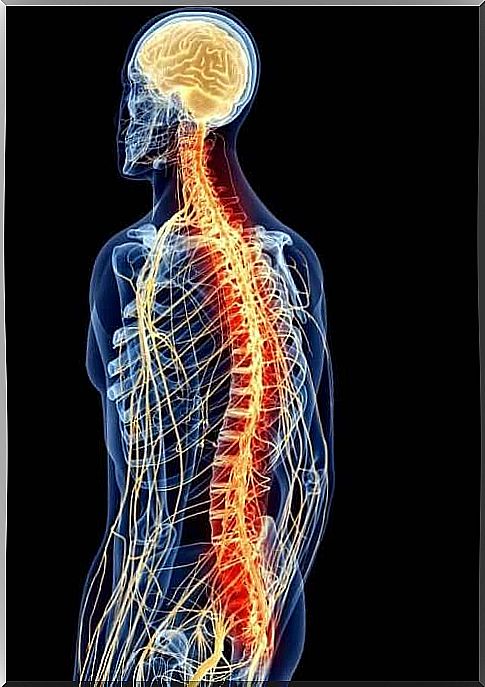
It is associated with the ribs, which is why some people refer to it as a “false pond” because it does not have the typical structure of other joints. Instead, it consists of a bone surface (scapula) placed on the muscles (toothed muscles).
There are two interesting muscles in this region:
- The levator scapula muscle: It is responsible for lifting the shoulder blade and can be classified as a muscle of the upper limbs due to its function. It starts at the scapula and goes to the cervical vertebrae.
- Parallelogram muscle: When this muscle tightens, it approaches the scapula in the spine during the adductor movement. It also connects the scapula to the column in the appendages. Its name derives from its shape.
Anatomical structure of the back muscles: superficial muscles
These muscles are best known because they are related to bodybuilding and aesthetics. Proper development of these back muscles helps to create a characteristic silhouette for people who exercise regularly.
However, their role is not limited to aesthetics. The muscles of this region are actively involved in the movements of the shoulder joint.
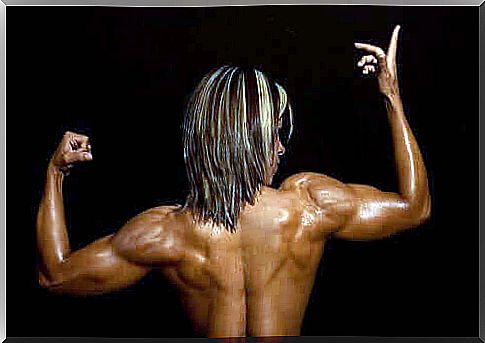
Here are the two most important muscles in this group:
- The trapezius muscle: This is one of the largest muscles and consists of three parts that connect with each other. It connects to the occipital bone of the skull, cervical vertebrae, collarbone, thoracic vertebrae and scapula. It has several tasks:
- Shoulder abduction,
- Attracting the shoulder blade to the spine,
- Lowering the shoulder blade.
- Dorsal muscle : This muscle begins at the last thoracic vertebra, in the part of the body that forms the last three ribs. It is thin, practically flat and has a triangular shape. When the arm acts as a prop, it lifts the torso.
We hope you enjoyed learning new information about your body and muscles!

